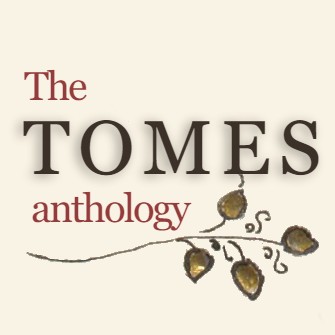Theme: Romance
Texts
An Introduction to Medieval Romance
The origins of romance—a distinctly medieval genre—are often traced to twelfth-century France. According to Liu Yin, in its earliest form the genre was powerfully linked to the vernacular: "when roman or romaunce could still mean a text in a romance vernacular (such as French) but could also apply to a type of narrative in any language" (Yin p. 335). Many romances were written in French or Anglo-Norman—the language of the English aristocracy at the time. However, there are many Middle English romances; some of these are translations of French or Anglo-Norman tales and some of these appear to be original (Chism p. 58).
Some of the earliest surviving romance works took the form of Breton Lays. Written in verse, these stories combined the conventions of chivalry with Celtic elements from Breton culture (hence the name). The lay was popularised by Marie de France, a Frenchwoman who seems to have been affiliated with the court of English king Henry II and whose lays are some of the oldest to have survived from the medieval period. Lays such as these helped the Anglo-Norman nobility solidify their connections to the mainland and their Norman holdings. Later, lays were written in English as well. Perhaps the most well-known example of a Middle English lay is Sir Orfeo. Written in the late thirteenth or early fourteenth century, this lay blends the elements of Celtic folklore, such as fairies and magic, with the classical myth of Orpheus.
Most romances deal with chivalry in one way or another, and this is especially true of the so-called "Arthurian" romances. Set in the Britain of King Arthur, these stories draw on older Arthurian material, usually Geoffrey of Monmouth’s History of the Kings of Britain or French works inspired by Monmouth’s work. This tradition features many elements that are characteristic of the Breton lay tradition, including magical elements and verse forms (although many Arthurian romance were written in prose). Yet these two traditions also diverge; compared to Breton lays, most Arthurian romances are significantly longer.
Most prominent among Arthurian romances are the French works of Chrétien de Troyes. While the French romance tradition had a powerful influence on Arthurian literature in England, this influence dwindled during the Hundred Years’ War (1337-1453). During this conflict, many of the Arthurian knights who were deemed too French, such as Lancelot, became less prominent or fell out of favour. An example of this anti-French attitude can be found in the late Middle English poem Sir Gawain and the Green Knight. As the title suggests, the poem’s protagonist is Gawain—a knight whose origins can be found in Welsh stories (and therefore is not associated with the French tradition). Furthermore, although the poem has some rhyming lines, its major structuring force is alliteration—a structural pattern more associated with the native English tradition than rhyme. The most prominent work for the "nachleben," i.e. the afterlife of Arthurian romance in the modern day image of King Arthur is Sir Thomas Malory’s Morte D’Arthur. Written in the middle of the fifteenth century, Malory’s work was the first to combine Arthurian stories from a plethora of sources into one linear narrative cycle—from the birth of Arthur to his death (Chism p. 66).
Writers of Middle English romance often satirised and criticised their French and Anglo-Norman sources, or shunned their conventions (Chism, p. 59). This tendency is apparent in the works of Geoffrey Chaucer. Examples of how Chaucer’s romances stray from the French conventions and satirize or criticize them (especially when it comes to chivalry) can be found in The Canterbury Tales. For example, The Knight’s Tale seems to adhere to romance conventions, yet the story calls into question the virtues and conventions of the typical romance representation of chivalry (Shepherd p. 90). A similar tendency can be observed in The Franklin’s Tale and The Wife of Bath’s Tale, the latter of which, unconventionally, has a female narrator (Shepherd p. 93).
Chaucer’s work also showcases the broad spectrum of romance writing that had developed by the time he was writing. Indeed, it includes a Breton lay, a chivalric romance and a romance set in the Arthurian world, and this scope highlights the remarkable diversity of Middle English romance writing (Echard pp. 4-5).
Marius de Ridder
Bibliography
